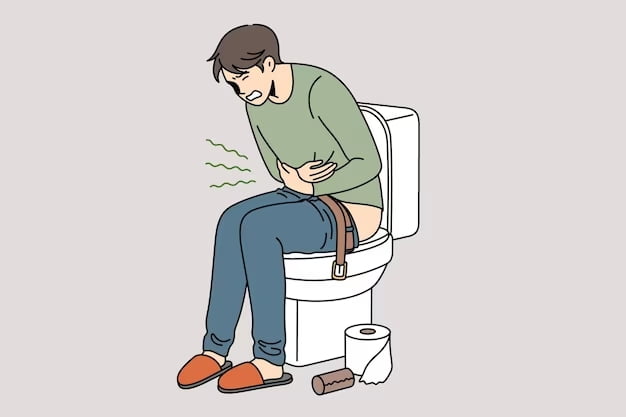DN Hospital: Laproscopic Surgery Hospital
Laser Treatment for Hemorrhoids | Minimal Pain, Faster Recovery
At DN Hospital, we specialize in providing effective and minimally invasive treatments for hemorrhoids, commonly known as piles. Our team is dedicated to patient-centered care, ensuring fast relief, minimal discomfort, and a quicker return to daily life. We offer both conventional and advanced laser procedures, customizing treatment plans to suit each patient’s condition.

Our Hemorrhoid Treatment Options
Laser Treatment for Hemorrhoids
Utilizing state-of-the-art laser technology, this minimally invasive treatment offers precise removal with minimal postoperative pain, reduced bleeding, and faster recovery. Patients can often resume normal activities within days.Rubber Band Ligation
This procedure involves placing a small rubber band around the hemorrhoid to cut off blood flow, causing it to shrink and fall off. It is effective for internal hemorrhoids and can often be performed without anesthesia.Sclerotherapy
In this non-surgical approach, a solution is injected into the hemorrhoid, causing it to shrink. It is particularly useful for small or medium-sized internal hemorrhoids.Surgical Removal (Hemorrhoidectomy)
For severe or recurrent cases, our expert surgeons perform hemorrhoidectomies, removing large or persistent hemorrhoids to provide long-term relief.
Understanding Hemorrhoids (Piles): Types and Symptoms
Hemorrhoids, also commonly known as piles, are swollen veins in the lower rectum or anus. They can cause significant discomfort and are classified based on their location and severity:
Internal Hemorrhoids (Piles)
These types of hemorrhoids develop inside the rectum and are often painless, though they can cause bleeding during bowel movements. Symptoms of internal hemorrhoids may also include itching or irritation around the anus.External Hemorrhoids (Piles)
Located under the skin around the anus, external hemorrhoids are visible and tend to cause more discomfort. Symptoms include pain, swelling, itching, and, in some cases, a thrombosed (clotted) hemorrhoid which can lead to intense pain and a hard lump.Thrombosed Hemorrhoids (Piles)
This type of hemorrhoid occurs when a blood clot forms in an external hemorrhoid. Thrombosed hemorrhoids can cause severe pain, swelling, inflammation, and a visible hard lump. Medical intervention is often needed to relieve symptoms.Prolapsed Hemorrhoids (Piles)
Internal hemorrhoids can sometimes enlarge and protrude through the anal opening, becoming prolapsed. Prolapsed piles can cause discomfort, bleeding, and discharge, often requiring manual reinsertion or treatment.
Hemorrhoids (Piles) vs. Other Anorectal Conditions
While hemorrhoids (piles) are a common condition, other anal issues like fistulas and fissures may share similar symptoms but have different causes and treatment approaches.
Fistulas: An anal fistula is an abnormal tunnel between the anal canal and the skin around the anus, typically resulting from infection. Unlike hemorrhoids, fistulas require surgical treatment and often present with pain, swelling, and discharge.
Fissures: An anal fissure is a small tear in the lining of the anus, often caused by passing hard stools. This condition causes sharp pain, especially during bowel movements, and can lead to bleeding. Fissures are treated with medications and lifestyle adjustments, differing from typical hemorrhoid treatments.
Proper diagnosis is crucial for determining if you’re experiencing hemorrhoids (piles) or a different condition, and for finding the right treatment to relieve discomfort effectively.
Why Choose DN Hospital for Hemorrhoids Treatment?
- Experienced Surgeons: Our specialists have years of expertise in hemorrhoid treatment.
- NABH Accredited: Ensures the highest quality and safety standards.
- Personalized Care: Treatments tailored to individual patient needs.
- Cashless Treatment: Available through our empanelment with insurance providers and Ayushman Bharat.
